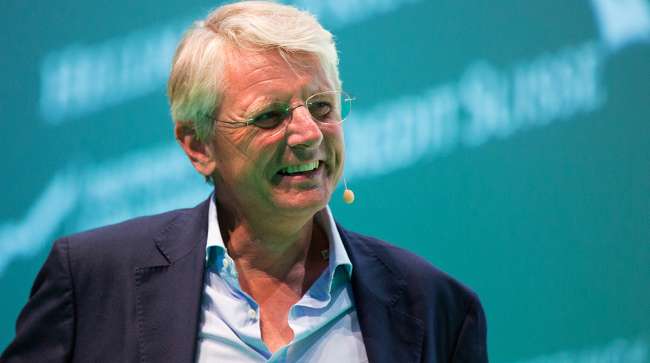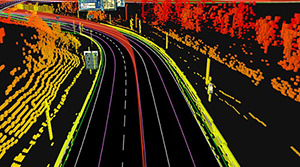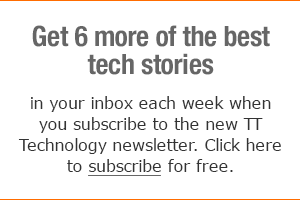TomTom Bets It Has Found a Way to Deal With Slow Death of Sat-Nav

Self-driving cars may not be on the road anytime soon, but that isn’t stopping Dutch navigation device maker TomTom NV from investing in high-definition maps needed when autonomous driving becomes the norm.
Later in 2018, the first trucks will hit the road with software and maps from TomTom that will automatically adjust speed when a curve or climb comes up. The products, aimed at cutting petrol use for now, are part of the expanding technology needed for driverless vehicles — if and when they become ubiquitous. TomTom CEO Harold Goddijn is not losing any sleep over when that might be.
“For us, that’s not a problem, because we’re already moving to increasingly higher levels of automation,” Goddijn said in an interview. “You could say that we’re already there with semi-autonomous driving, and the reality is that we’ll transition through stages towards a fully autonomous future.”
Goddijn, who has been leading the company since 2001, may not have much choice. TomTom, which has years of experience creating static maps — the kind embedded in traditional car navigation screens — is contending with the terminal decline of what used to be its core business — personal navigation devices. Also, it’s vying with companies such as Here and Alphabet Inc.’s Google in the race to dominate the “dynamic,” or HD maps, market.
Device Reliance

HD Map (TomTom)
As consumers pick varied options to find their way on the road, 2018 sales at TomTom are set to halve to about 800 million euros ($981 million) from 1.7 billion euros in 2007 when the lion’s share of the company’s money came from selling sat-nav devices.
The perceived reliance on personal navigation devices in TomTom’s sales mix is a concern for investors, said Joost Eijsink, a trader at Market Wizards BV. The company’s consumer segment, which makes the devices, accounts for more than 40% of annual revenue.
Swerving Sat-Navs
“I do understand the problem that poses,” Goddijn noted in the interview, adding the decision was made not to divest the consumer business as TomTom is the best owner of the business, and it also is profitable. “The profits we’re generating there also gives us the opportunity to invest, for example, in growth activities.”
TomTom shares have slid 4.8% year-to-date, doing marginally better than the basket of Amsterdam-listed midcaps which has fallen 6.7% over the same period.
Margin Growth
Goddijn’s challenge is to convince shareholders that the company’s business model has changed and that profit margins are widening even as the top line continues to weaken.
That’s because the firm’s two other segments — telematics, and automotive and enterprise — which operate more on a B2B model, generate higher margins. The company’s gross margin — the percentage of sales less the cost of goods sold — is expected to be close to 70% in 2018, up from 62% in 2017.
Earlier in 2018, TomTom extended a July 2017 partnership with Baidu Inc., whereby it supplies the Chinese search giant’s Apollo driverless project with its HD mapping data. The Google of China wants to release a driverless car by 2018 with mass production to begin by 2021, and the extended collaboration was seen as a “big vote of confidence” for the Dutch firm.
On the path to self-driving cars, Goddijn said that making and maintaining the HD maps, which autonomous cars need together with powerful sensors to see and advanced software to think, will be just the first important step, followed by regulation, certification and — last but not least — user acceptance all on the road ahead.
No Drama
The company plans to invest “hundreds of millions of euros per year” in its automotive businesses, which include the development of HD maps, according to Willem Strijbosch, the company’s head of autonomous driving.
Goddijn’s commitment to the firm’s three-pillared structure comes at a time when TomTom is facing investor scrutiny after Reuters reported in March that it had enlisted Deutsche Bank AG to help with a possible sale of the whole company or a minority stake. TomTom said it denies “it has engaged a financial adviser to look for potential buyers.” Goddijn stood by that statement.
For now, even the much-derided devices business gets some love from the CEO.
With 3 [million] to 4 million new personal navigation devices sold each year, they are a “trusted product for millions of people,” Goddijn said.
“There’s no need to make a drama out of that,” he said, adding that it just needs to run “its natural course.”


